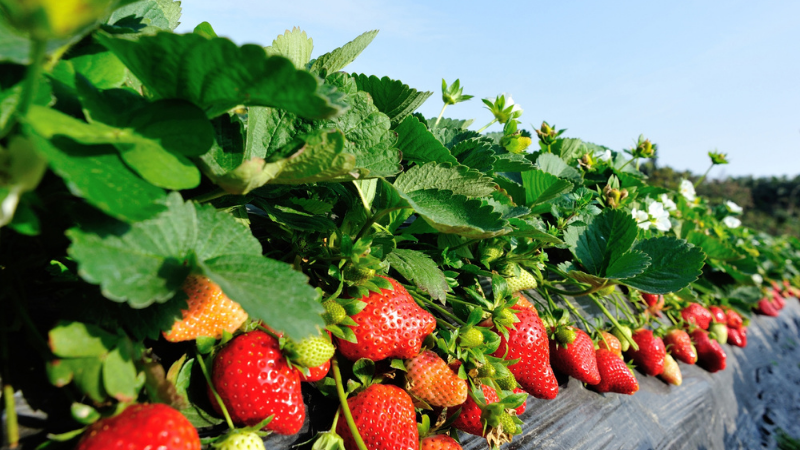Fruit Quality And Safety After Harvest
Fruit growers and handlers have learned over the years the importance of careful handling, sanitation, and temperature management for maintaining fruit quality after harvest. While the industry has recognized the importance of these recommendations, they are not always carefully implemented for a variety of reasons. However, there are additional benefits to be gained from implementing these recommendations for improved handling.
In the current regulatory climate, the produce industry has been under increased pressure from customers and regulators to take all steps possible to reduce the risks of contamination of their products with human pathogens and minimize their survival and growth if contamination should occur. It is recognized that regulations may increase in the future. Luckily, many of the mechanisms that protect the quality of fruit after harvest also reduce the risks and consequences of contamination of human pathogens, and therefore there are increased reasons to adopt these practices.
The first step is to prevent cuts and bruises during the harvest and postharvest handling steps by avoiding drops, contact with abrasive surfaces, and rough roads during transit to packing or storage areas. The fruit’s skin or epidermis is its best protection from microbial contamination that can lead to decay. Decayed produce has been shown to harbor more human pathogens than non-decayed fruits.
Sanitation Is Key
Sanitation is one of the most important strategies to maintaining fruit quality and safety. Anything the fruit comes into contact with must be clean and sanitized to remove soil, fruit residues, and plant and human pathogens. Animals and humans can be sources of contamination, especially from fecal sources. Picking bags, bins, and gloves should be cleaned and sanitized on a frequent basis, before each use if possible. Pickers must always wash hands after using the toilet.
If gloves are used, they must be changed whenever they might have become contaminated. Fruit should not be picked up off the ground due to the high potential for contamination with plant and human pathogens in the soil. Any water that could contact the fruit must be potable, including water used for sprays in the field and in the packinghouse.
Sanitizers should be employed in an effective manner. This includes assuring the efficacy of the sanitizer throughout the period of water use. There are a variety of sanitizers that are effective for use in water contacting produce. An automated system is recommended to maintain effective sanitizer levels at all times. For oxidizers, such as chlorine, measurement of oxidation reduction potential is one method to monitor the efficacy of your sanitizer.
Temperature management from the time of harvest until consumption of food products is important to maintain quality and safety. Storing the product at the lowest temperature recommended for the fruit crop reduces water loss, slows or stops the growth of decay organisms, and can reduce food safety concerns. Temperature management is especially important for fresh-cut products.
Finally, one of the best ways to maintain quality and safety is to reduce the time between harvest and consumption. The older produce becomes, the more susceptible to decay, deterioration and disorders. and the lower the flavor quality.
For more information, go to http://ucgaps.ucdavis.edu, http://ucfoodsafety.ucdavis.edu, and http://postharvest.ucdavis.edu.










